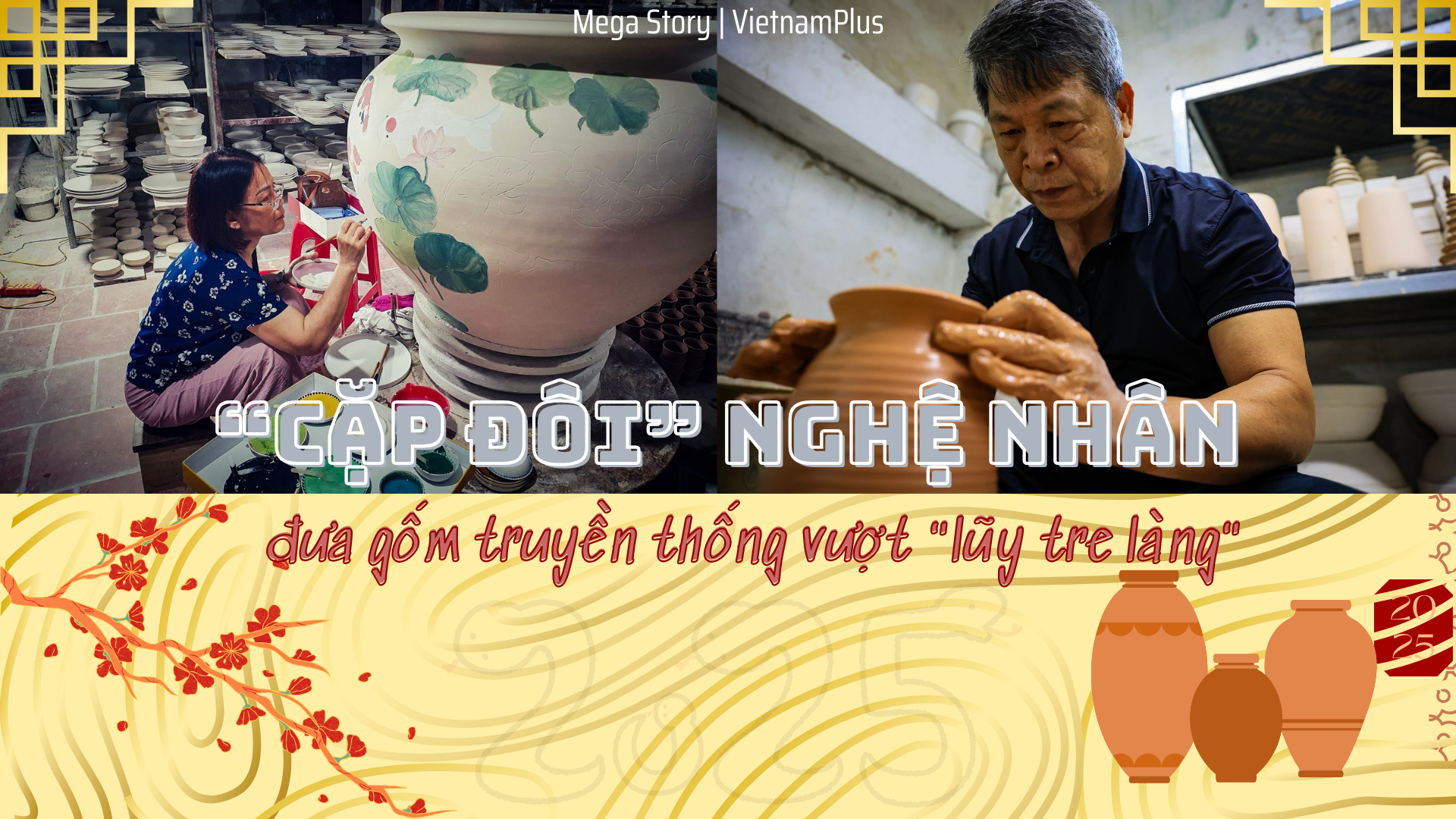
.png)
In Bat Trang pottery village (Gia Lam district, Hanoi ), Nguyen Van Loi and Pham Minh Chau are not only notable for their artistic talent but also for their love story and their unwavering dedication to spreading Vietnamese ceramic art to the international market.
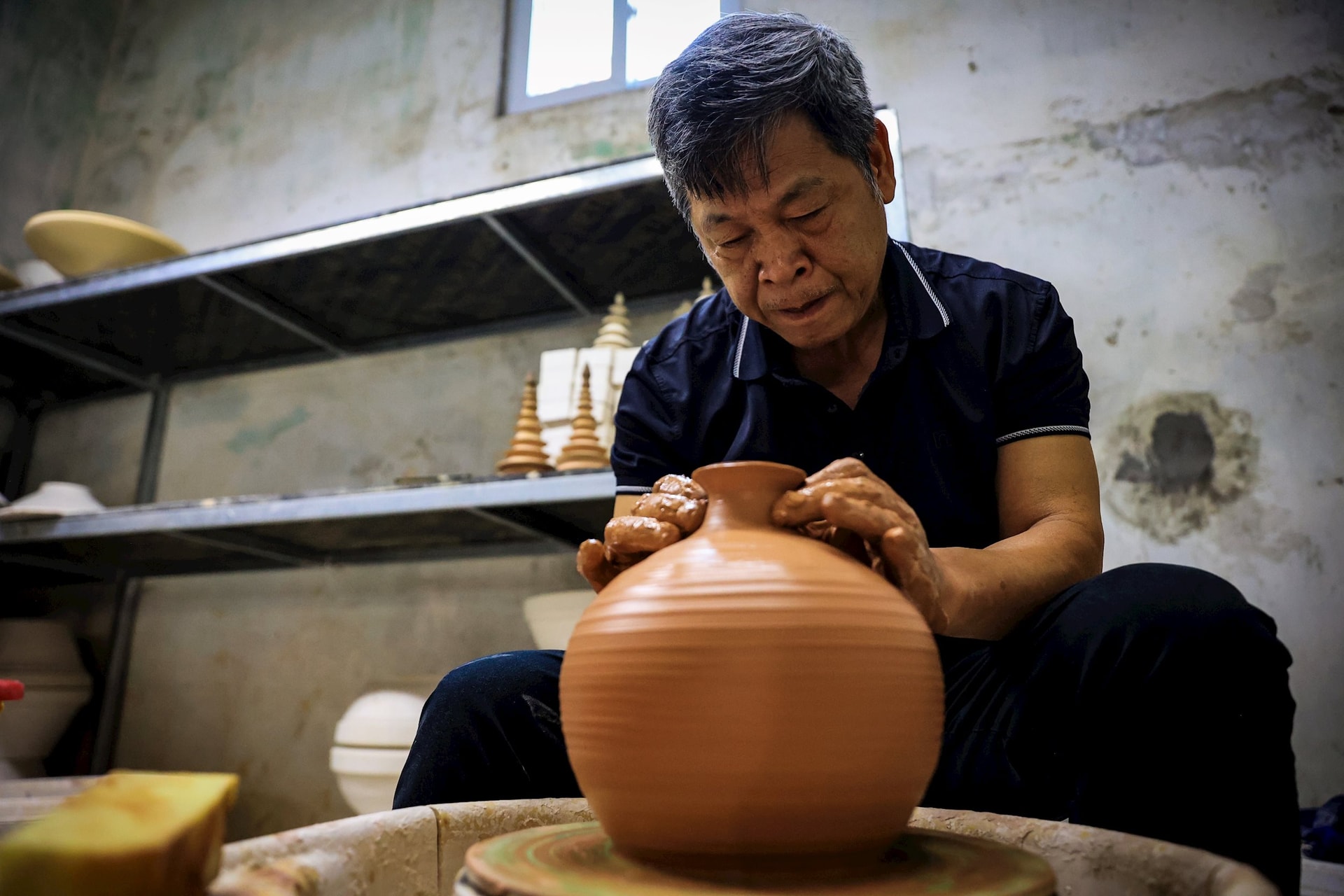
With his skillful hands and artistic sensibility, Nguyen Van Loi quickly rose to fame in the Bat Trang pottery village from a young age. He is renowned for his unique Raku glaze, a type of glaze inspired by Japanese style but adapted and creatively modified to suit Vietnamese culture and aesthetics. Nguyen Van Loi's pottery products are not just decorative objects but also embody the soul and emotions of the artisan.
The blend of tradition and modernity in his works has attracted much attention from art lovers both domestically and internationally. He not only creates but also participates in teaching and passing on his experience to younger generations, helping to preserve and develop the craft village.
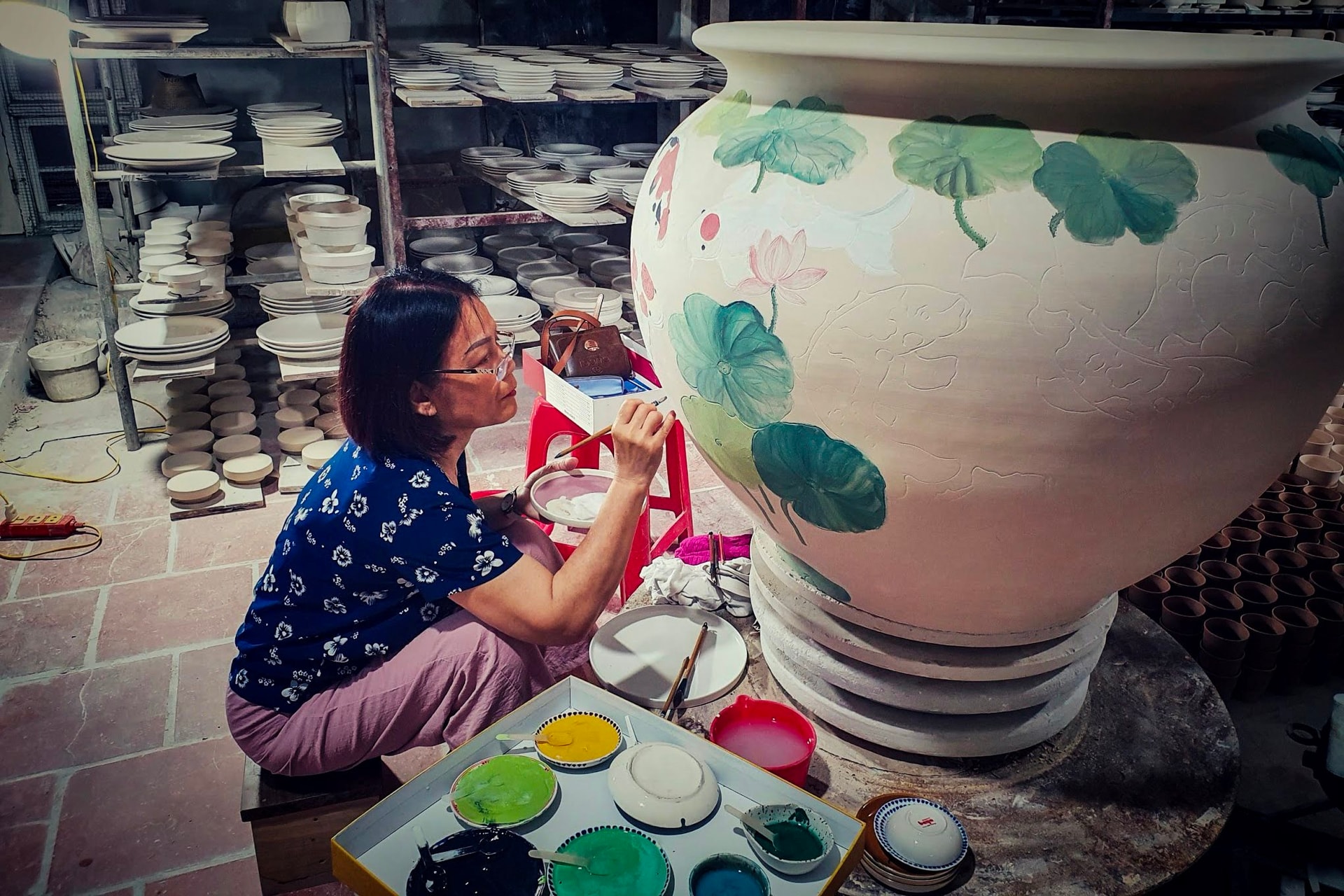
Artist Pham Thi Minh Chau, with her equally impressive talent, has formed a perfect pair with her husband in the Bat Trang pottery village. She is not only an artist but also a life partner, companion, and source of inspiration for Nguyen Van Loi. A graduate of the Hanoi University of Industrial Fine Arts, Pham Thi Minh Chau brings exquisite creations, blending modern and traditional art.
Her works are often highly artistic, with every detail meticulously crafted and showcasing the skill of the artisan. She also plays a crucial role in managing and developing her family's ceramics brand, helping to bring their products closer to the public and international markets.
Not only are Nguyen Van Loi and Pham Minh Chau individually talented, but they also form a strong team when working together. They have overcome challenges and difficulties together, yet always maintained their love and passion for ceramic art. Thanks to their unity and cooperation, they have created unique ceramic works, each bearing their own distinct personal touch and style.
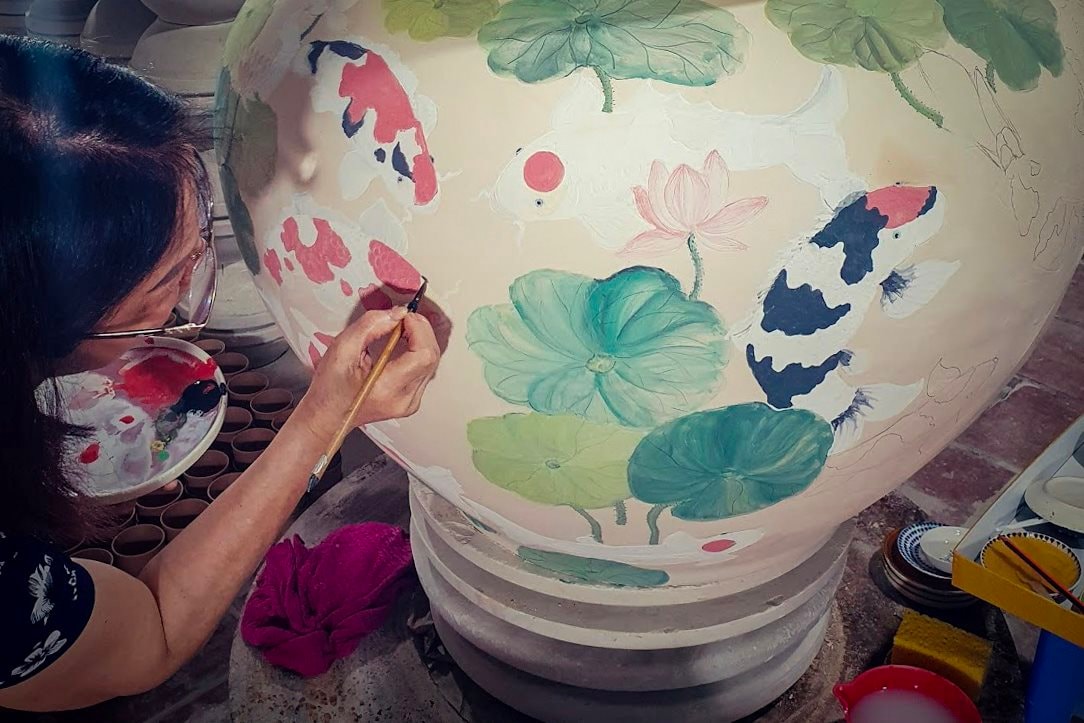
In 2023, both husband and wife were awarded the title of Traditional Craft Village Artisan, a well-deserved recognition for their contributions and dedication to the Bat Trang craft village.
.png)
The journey of Nguyen Van Loi and his wife, Nguyen Thi Minh Chau, is a story of perseverance, passion, and the courage to overcome challenges. He has contributed to bringing Bat Trang pottery closer to the public and affirming the position of the traditional craft village in the new era.
After 1986, when the Bat Trang pottery village was allowed to develop freely, he and his family opened their own pottery workshop. While inheriting the essence of traditional pottery making, he constantly explored and innovated to create new, unique pottery products that bear his distinctive personal touch.
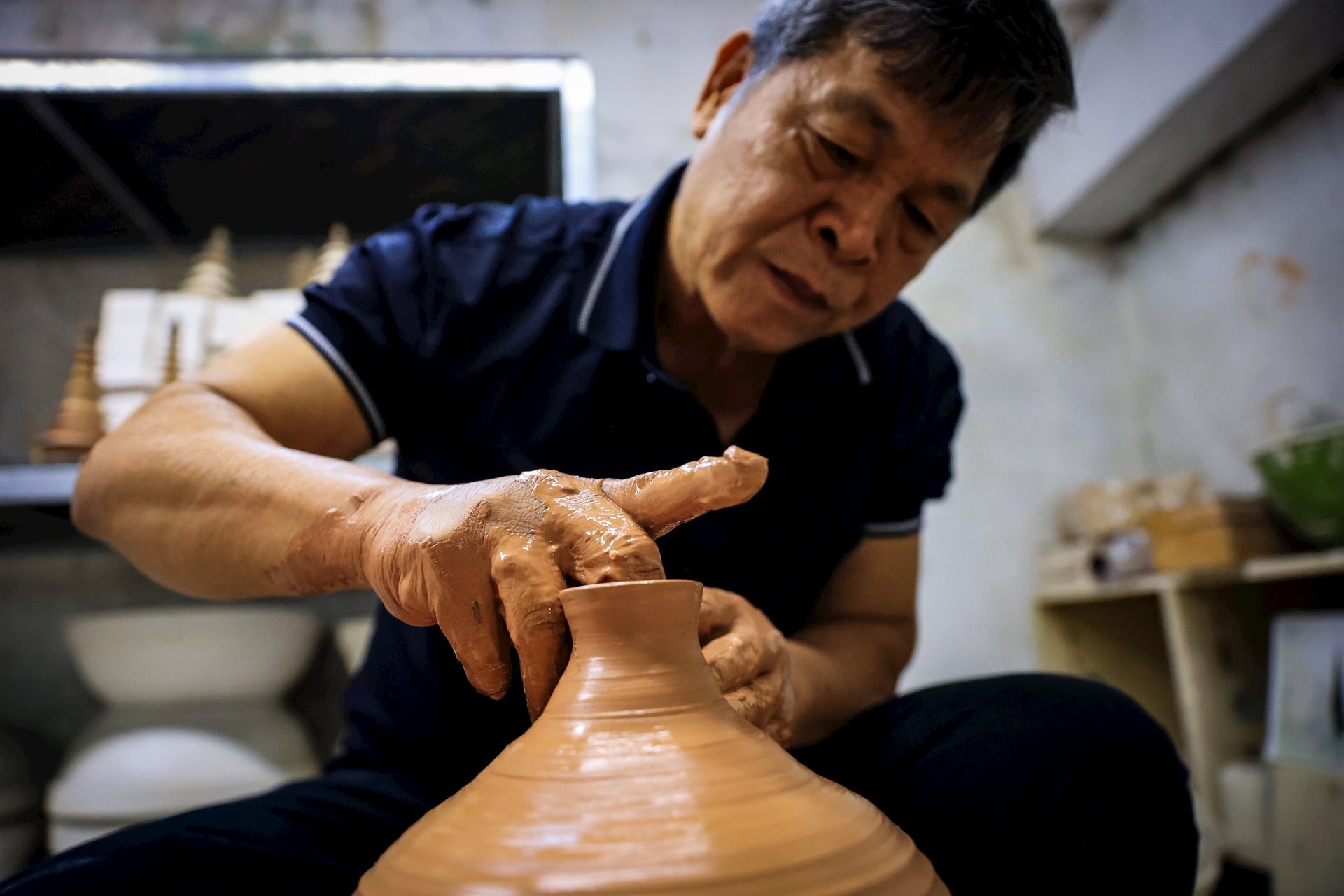
After years of tireless experimentation, Nguyen Van Loi found the right formula for Raku pottery to withstand thermal shock while retaining its ethereal beauty. He shared: “In the early days of research, the products often broke when fired at high temperatures. But I didn't give up, because I knew that in failure, there is always opportunity.”
Raku glaze originated in Japan in the 16th century and is renowned for the wild, unique beauty of each piece. However, crafting Raku glaze in Vietnam faces many challenges due to differences in climate, raw materials, and firing techniques.
Raku pottery is fired at a lower temperature than traditional pottery, around 850-1000 degrees Celsius. After firing, the products are removed from the kiln while still red-hot and rapidly cooled by dipping them in water or sprinkling them with coloring agents such as ash or sawdust. This process creates cracks and uneven coloring, giving the products a natural and unexpected beauty.
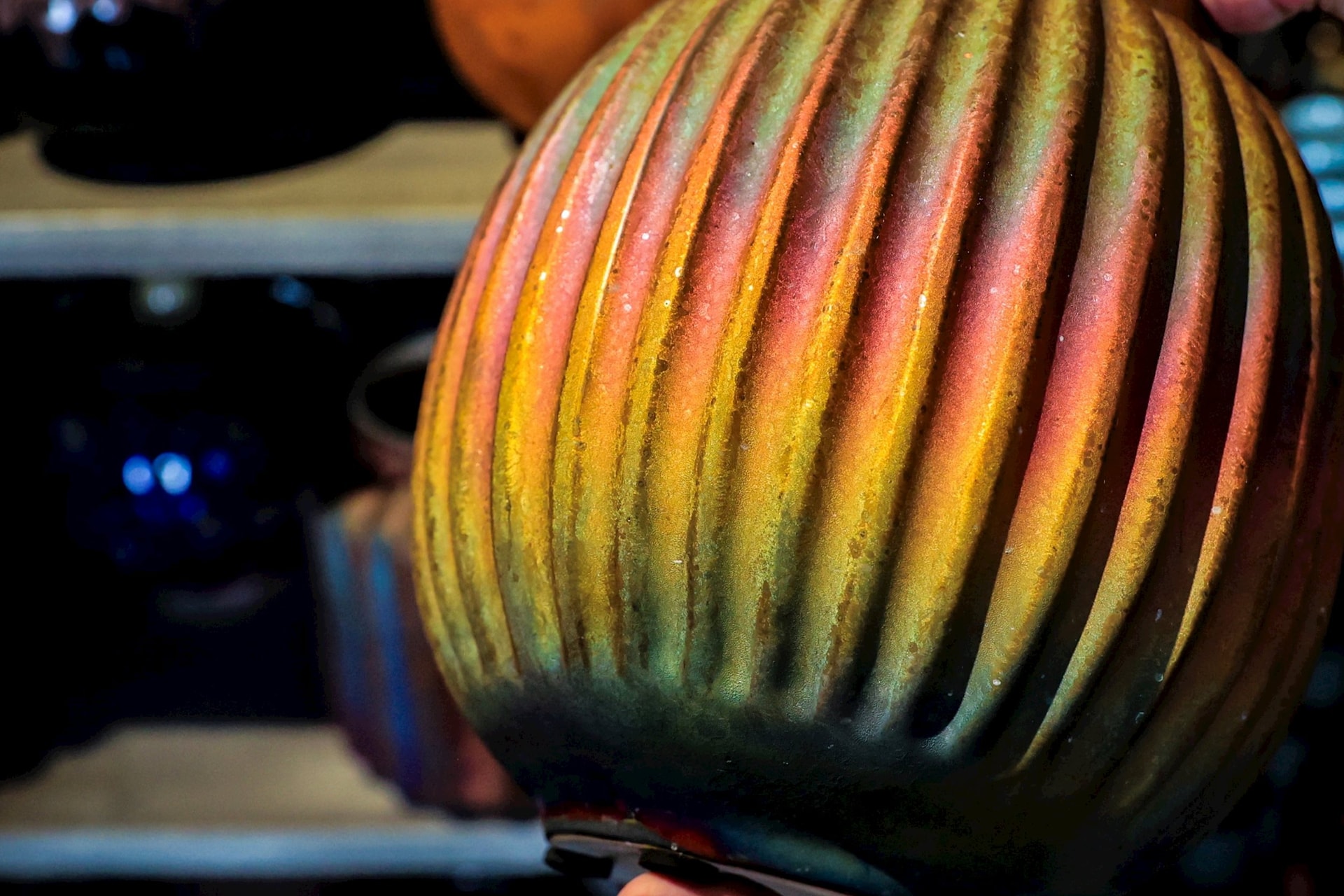
The surface of Raku glaze often has small cracks, called craquelures. Craquelures refer to small cracks on the surface of a painting, usually due to aging, drying, or other physical factors. These cracks can appear in the color layer or the surface protection layer, creating a special aesthetic effect and sometimes considered evidence of the artwork's "timelessness," giving it an antique and unique beauty. These cracks are the result of sudden temperature changes when the product is immersed in water or other cooling agents. Each Raku piece is unique; no two are exactly alike.
"
Men Raku offers a rich range of colors, from vibrant hues like red, blue, and green, to muted tones like black, brown, and gray. The natural blending of colors and chemical reactions creates stunning and unpredictable color effects.
Raku glaze is not merely a pottery technique, but also embodies a profound philosophical and aesthetic spirit. Originating in Japan, Raku is used in tea ceremonies, where simplicity, naturalness, and tranquility are highly valued. Each Raku product carries within it the spirit of acceptance and appreciation for beauty in imperfection.
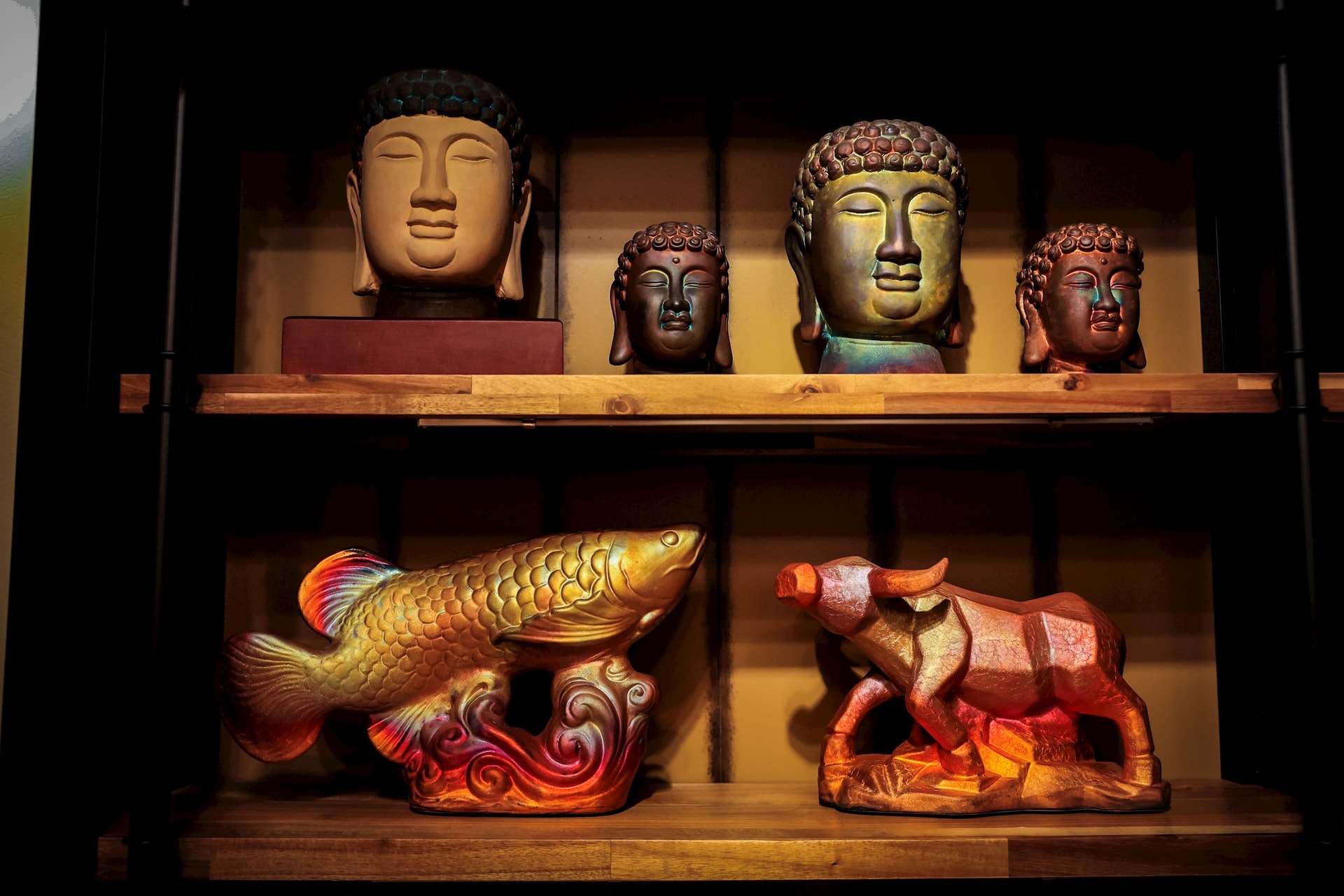
These characteristics have created the allure and uniqueness of Raku glaze, captivating art lovers and those who appreciate natural, rustic beauty. The artisan couple Nguyen Van Loi and Pham Minh Chau have successfully brought this glaze closer to the public while preserving and developing the traditional values of Bat Trang pottery village.
It is for this reason that the combination of traditional core values with a fresh perspective has conquered demanding markets such as the Netherlands, the UK, and Canada.
Bat Trang pottery village, with the contributions of artisans like Nguyen Van Loi and Pham Minh Chau, will continue to develop and maintain its position in Vietnam's traditional art scene. They are shining examples, not only of talent but also of love, dedication, and creativity.
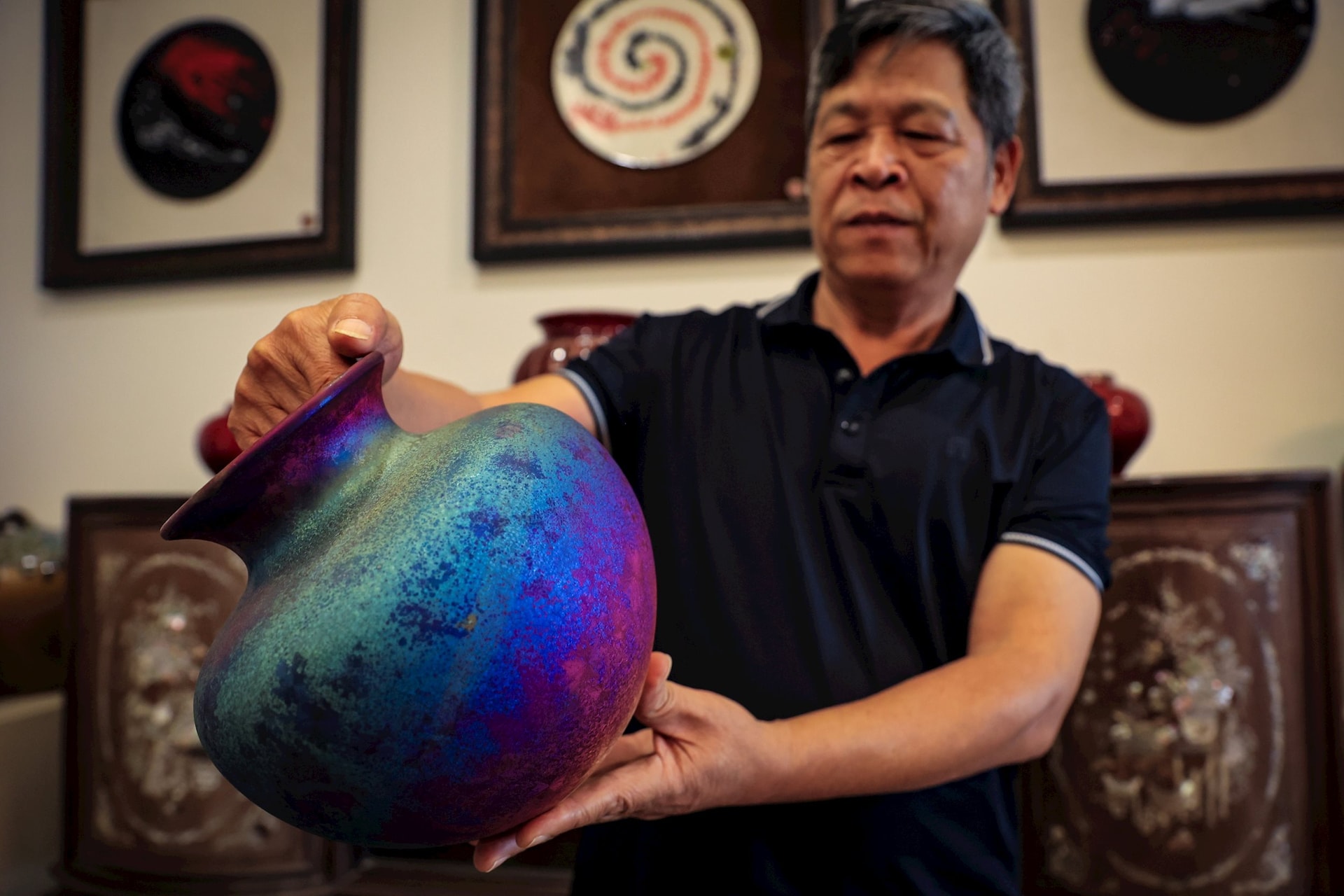
Vietnamplus.vn
Source: https://mega.vietnamplus.vn/cap-doi-nghe-nhan-dua-gom-truyen-thong-vuot-luy-tre-lang-6719.html


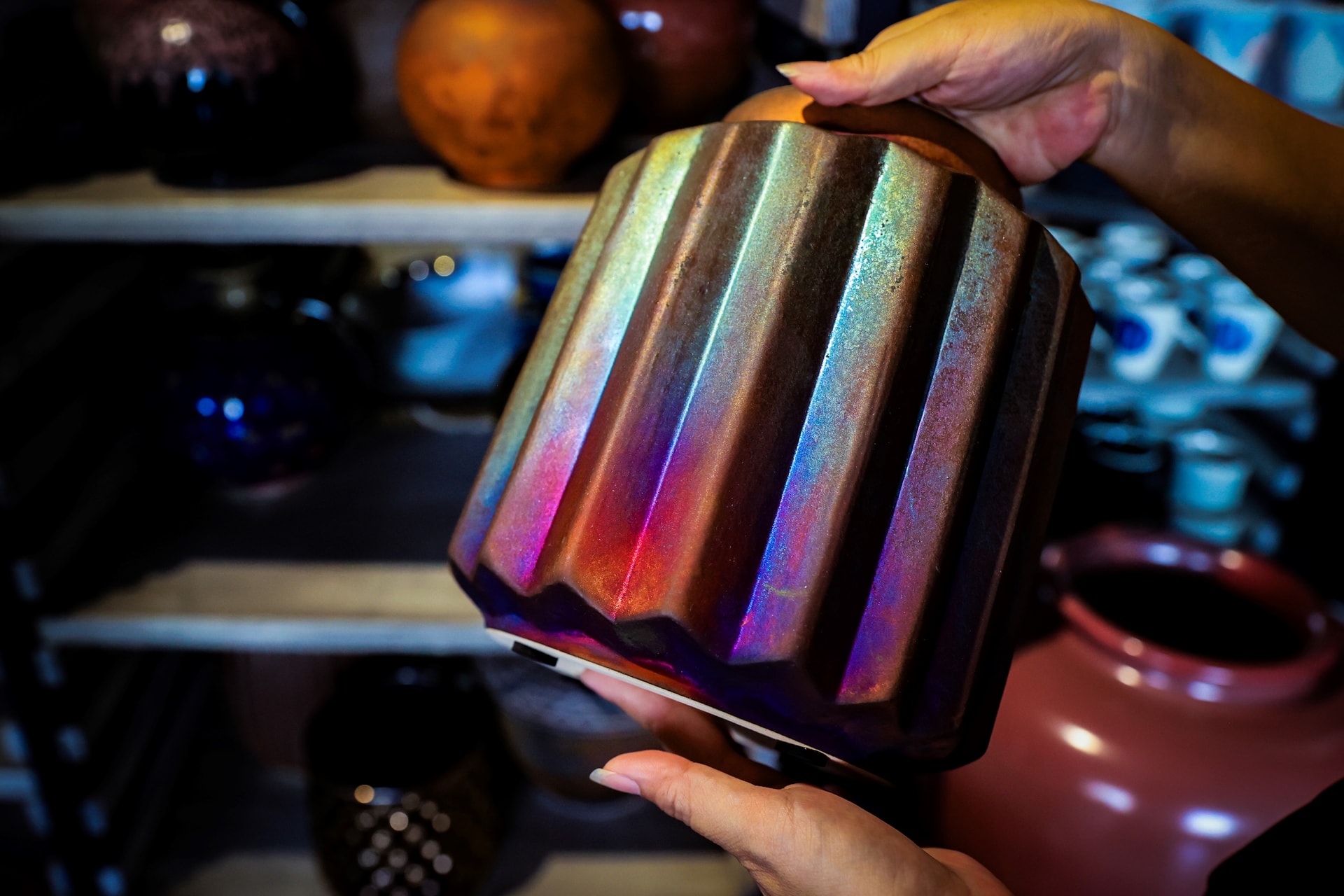


![[Photo] Prime Minister Pham Minh Chinh holds a phone call with the CEO of Russia's Rosatom Corporation.](/_next/image?url=https%3A%2F%2Fvphoto.vietnam.vn%2Fthumb%2F1200x675%2Fvietnam%2Fresource%2FIMAGE%2F2025%2F12%2F11%2F1765464552365_dsc-5295-jpg.webp&w=3840&q=75)

![[Photo] Closing Ceremony of the 10th Session of the 15th National Assembly](/_next/image?url=https%3A%2F%2Fvphoto.vietnam.vn%2Fthumb%2F1200x675%2Fvietnam%2Fresource%2FIMAGE%2F2025%2F12%2F11%2F1765448959967_image-1437-jpg.webp&w=3840&q=75)

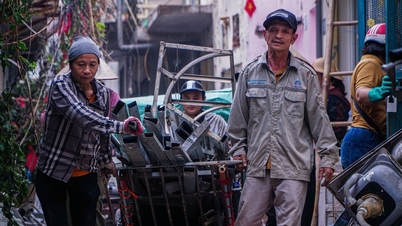

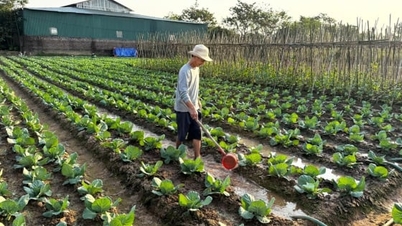

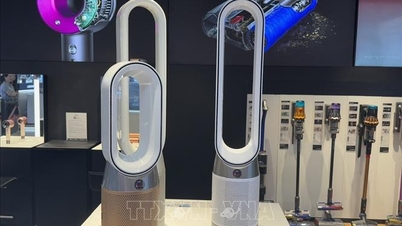


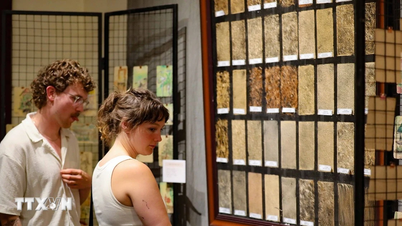
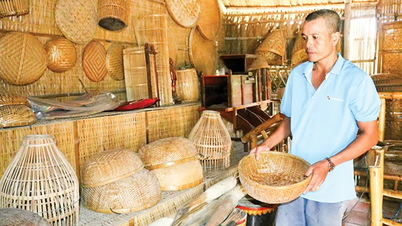



![[Photo] Prime Minister Pham Minh Chinh holds a phone call with the CEO of Russia's Rosatom Corporation.](https://vphoto.vietnam.vn/thumb/402x226/vietnam/resource/IMAGE/2025/12/11/1765464552365_dsc-5295-jpg.webp)




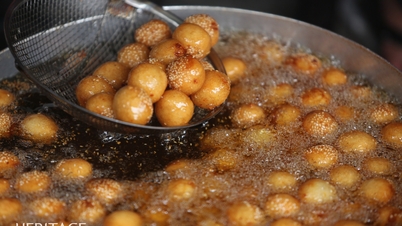

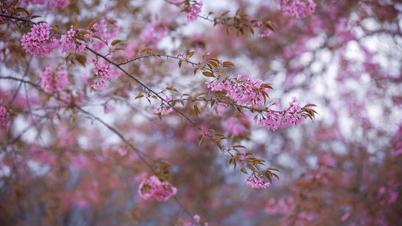










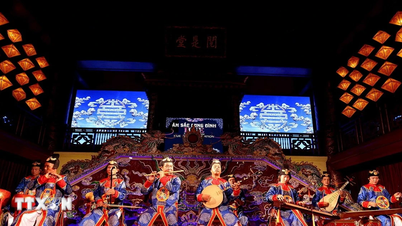
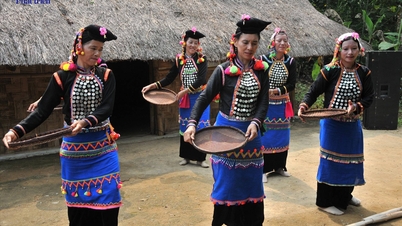
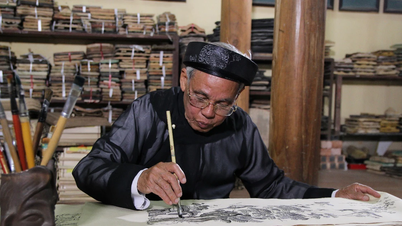


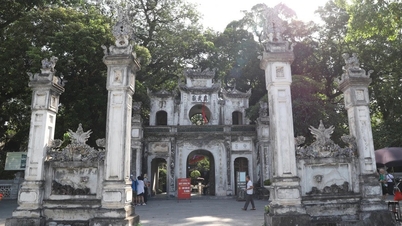



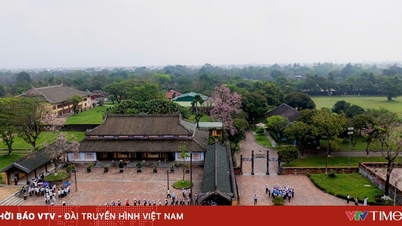





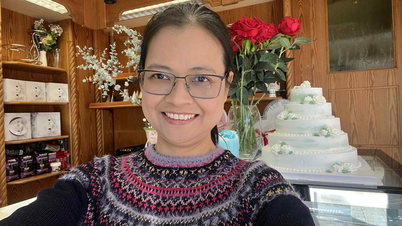


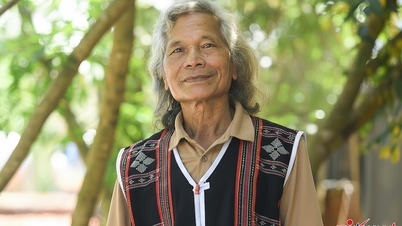


![[OFFICIAL] MISA GROUP ANNOUNCES ITS PIONEERING BRAND POSITIONING IN BUILDING AGENTIC AI FOR BUSINESSES, HOUSEHOLDS, AND THE GOVERNMENT](https://vphoto.vietnam.vn/thumb/402x226/vietnam/resource/IMAGE/2025/12/11/1765444754256_agentic-ai_postfb-scaled.png)























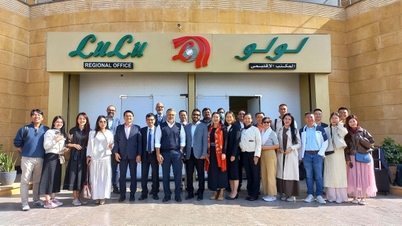











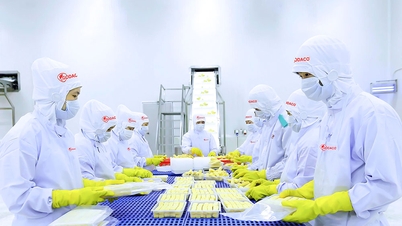
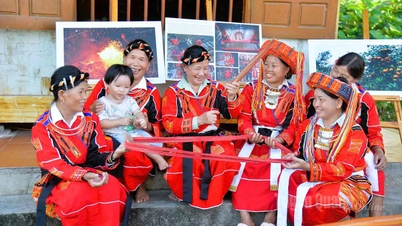













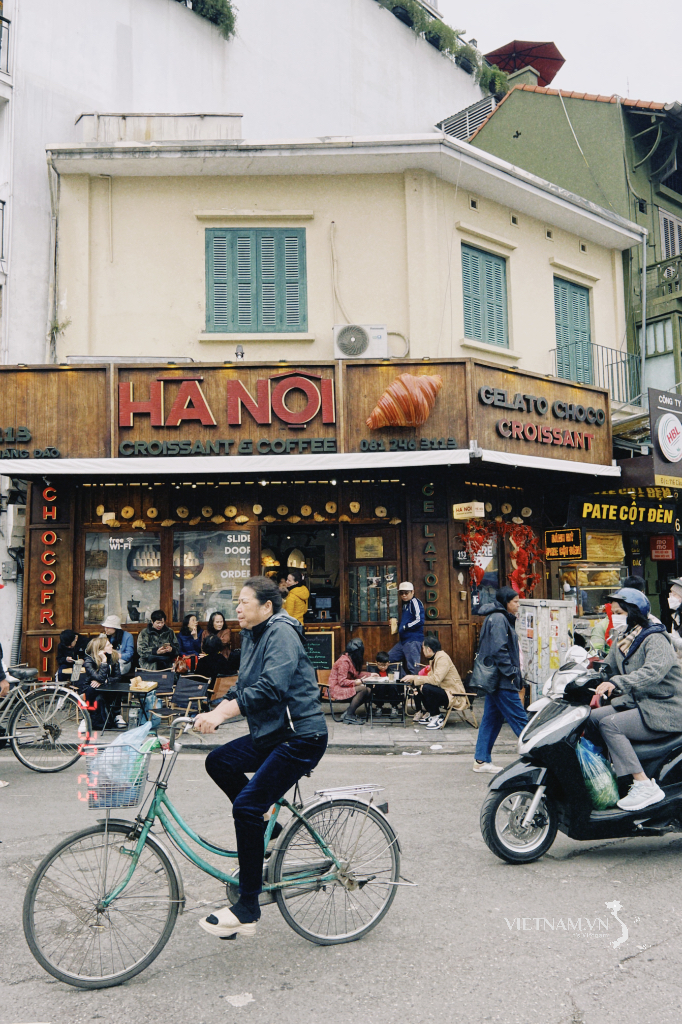
Comment (0)